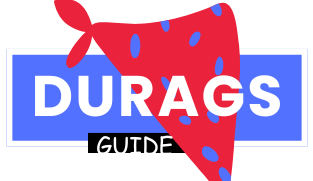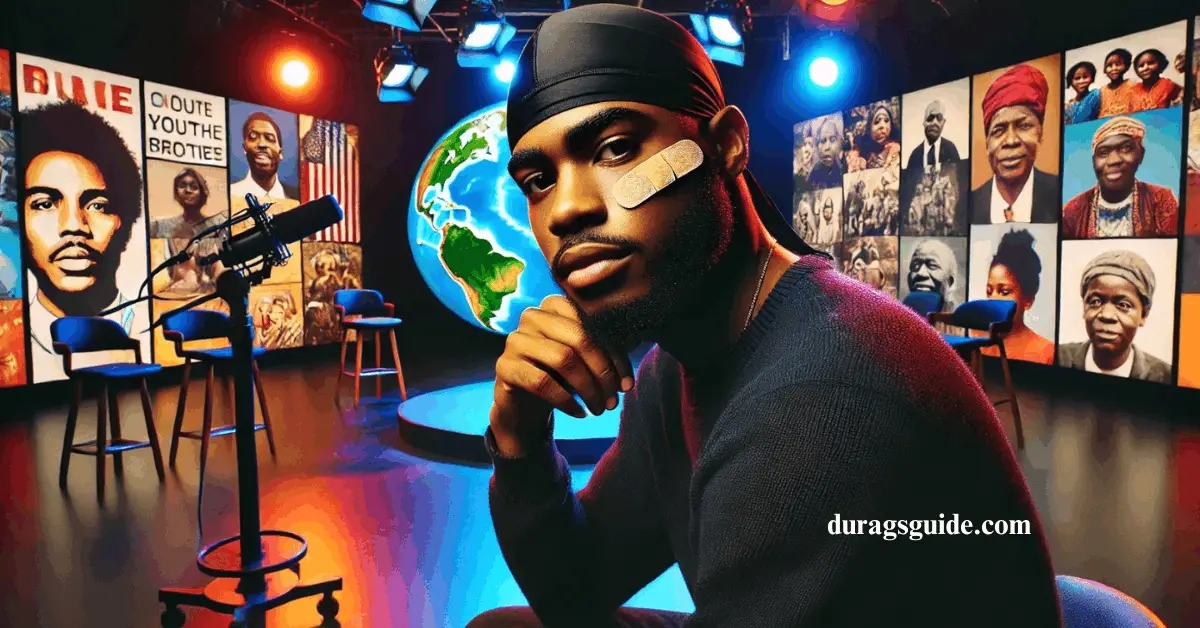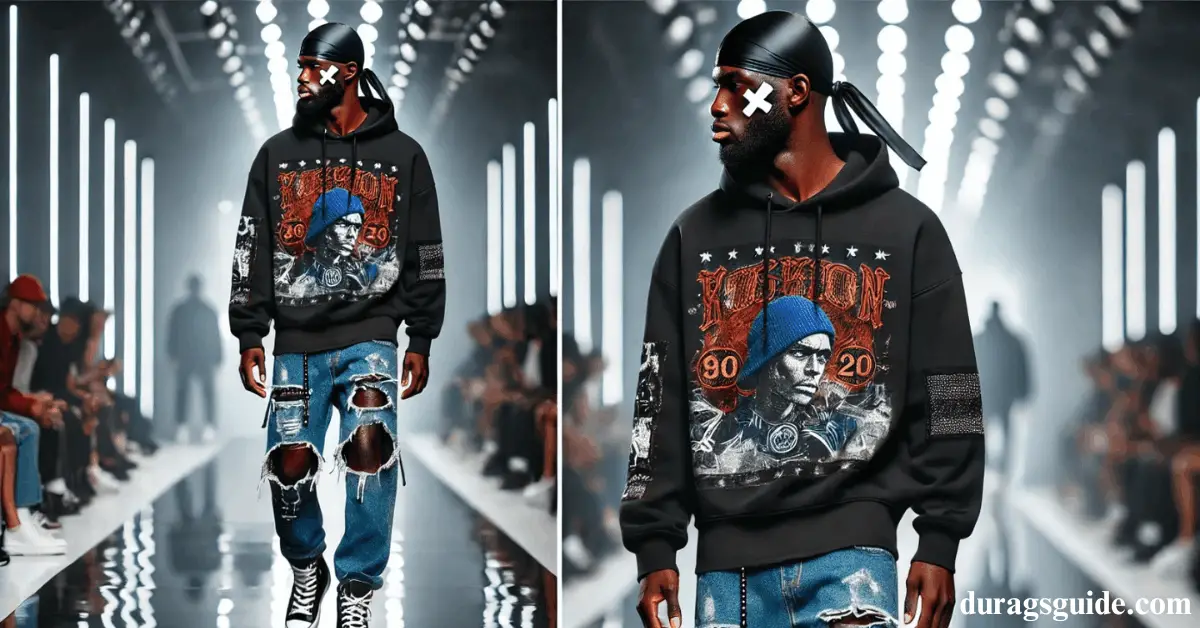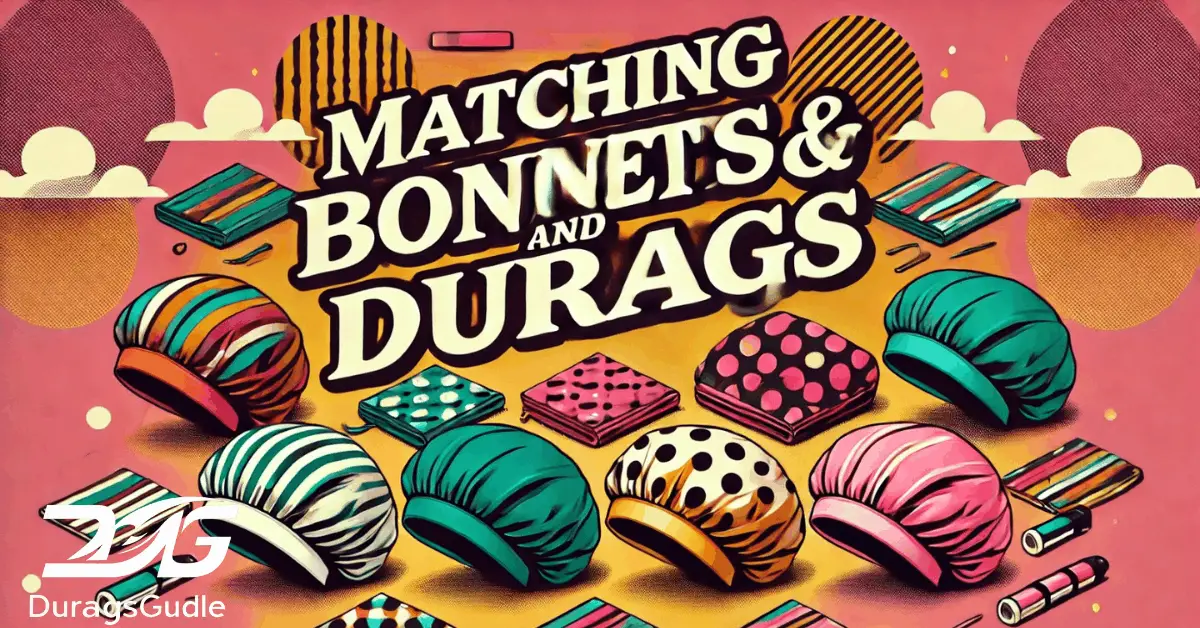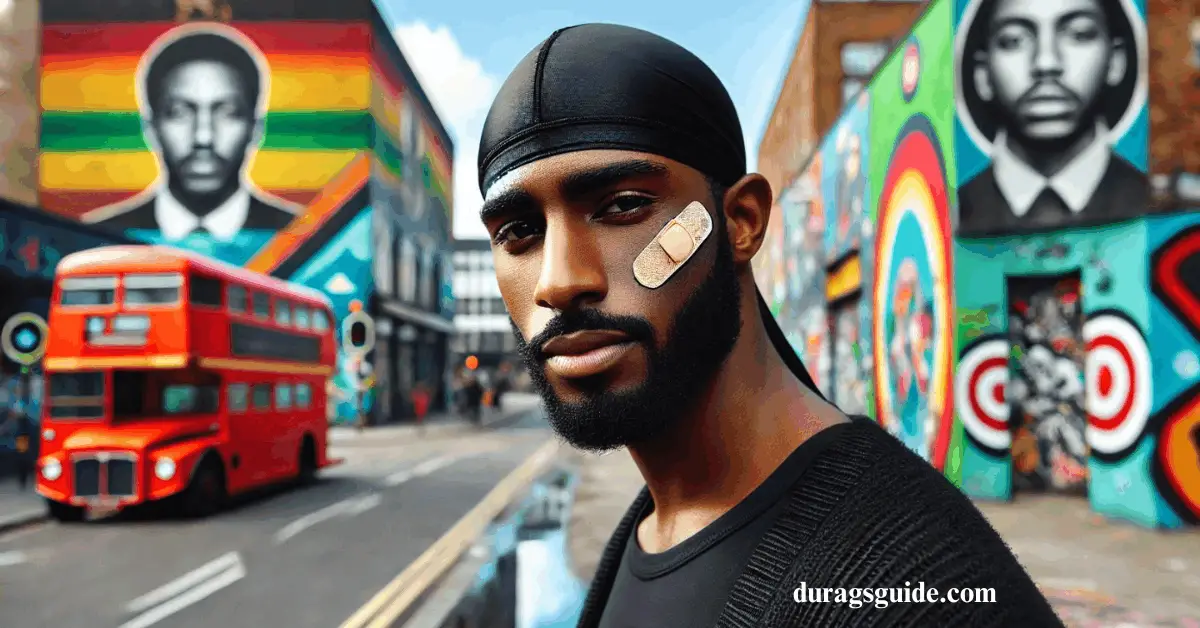
When you hear or search for the phrase “black guy with band aid on his face and durag”, it might evoke images tied to cultural expression, fashion, or even iconic figures in pop culture. This seemingly simple description carries layers of significance in various contexts, from personal style statements to cultural identity and even historical representation in the media. In this article, we will explore the origins, cultural symbolism, and broader implications of this image while weaving in modern-day relevance.
The Origins of the Band-Aid as a Symbol
The use of a Band-Aid on the face as a fashion statement didn’t arise out of necessity alone. While Band-Aids are primarily functional, for some individuals, they have evolved into a part of their identity. In the context of African American culture, a Band-Aid on the face can symbolize resilience, individuality, and sometimes a deeper personal story.
One of the most iconic associations with this look is the rapper Nelly, who popularized the Band-Aid on his cheek in the early 2000s. For Nelly, the Band-Aid was initially a tribute to his brother, who was incarcerated at the time. Over time, it became a part of his signature style, influencing millions worldwide. The symbolism of wearing a Band-Aid shifted from being merely functional to a mark of identity.
Combining the Two: The Band-Aid and Durag Look
The combination of a Band-Aid and a durag might seem unique at first glance, but it represents a blend of individuality and cultural expression. This specific image—“black guy with band aid on his face and durag”—can signify different things depending on the context:
- Personal Style: The individual may be embracing a unique look that combines cultural elements with personal flair.
- Pop Culture Influence: Many who adopt this style are influenced by iconic figures, music videos, or streetwear trends.
- Cultural Resonance: The pairing might resonate with those who appreciate the history and significance of both accessories in African American culture.
Cultural Representation in Media and Society
This specific imagery has also been seen in various forms of media. The character description—“black guy with band aid on his face and durag”—is often used to portray someone deeply connected to urban culture. However, media representation hasn’t always been fair or positive. Stereotypes have sometimes overshadowed the richness of the culture these symbols represent.
In recent years, there has been a shift toward more authentic representation of African American culture in films, music, and advertising. This has helped reshape perceptions and elevate the significance of such cultural symbols.
Fashion and Streetwear Influence
The influence of streetwear fashion cannot be overlooked when discussing this image. The durag and Band-Aid combo has become a staple in urban fashion circles. Streetwear brands often incorporate these elements into their designs, celebrating their roots while introducing them to a global audience.
Many emerging fashion designers from the African American community are reclaiming these symbols, highlighting their importance and challenging outdated stereotypes. As a result, the durag and Band-Aid are no longer confined to their traditional roles but have found a place on international runways and in high-end fashion campaigns.
The Role of Social Media in Popularizing the Look
Social media platforms like Instagram, TikTok, and Twitter have played a significant role in popularizing styles like this. The phrase “black guy with band aid on his face and durag” often appears in hashtags or captions accompanying photos, memes, or videos that showcase this iconic combination.
Social media has allowed individuals to reclaim their narrative, using such looks to challenge societal norms and celebrate cultural heritage. Influencers often mix these elements with modern trends, introducing them to younger generations and keeping the culture alive.
The Deeper Meaning: Resilience and Identity
For many, wearing a Band-Aid on the face or a durag is more than just a fashion statement. It can symbolize resilience, self-expression, and a connection to cultural heritage. This deeper meaning resonates particularly strongly within the African American community, where these items have been historically tied to personal and collective struggles.
The image of a “black guy with band aid on his face and durag” might also serve as a reminder of the challenges faced by the community. From systemic oppression to the fight for representation, every element of this look carries a story of triumph, creativity, and endurance.
Breaking Down Stereotypes
Unfortunately, certain societal stereotypes have unfairly stigmatized cultural symbols like the durag or even specific fashion choices. Phrases like “black guy with band aid on his face and durag” have sometimes been used in negative contexts. However, the Black community has consistently fought against these stereotypes, turning them into symbols of pride and self-empowerment.
How to Celebrate the Look Without Appropriation
As elements of African American culture continue to influence global trends, it’s important to celebrate them respectfully. Here are some ways to do so:
- Understand the History: Educate yourself about the origins and significance of items like the Band-Aid as a style statement or the durag.
- Support Black Creators: Purchase from Black-owned brands that incorporate these elements into their designs.
- Avoid Stereotypes: Appreciate these symbols without perpetuating outdated or negative stereotypes.
Conclusion
The image of a “black guy with band aid on his face and durag” is more than just a descriptive phrase. It represents a blend of cultural expression, personal style, and historical significance. From its roots in African American culture to its place in modern fashion, this combination tells a story of resilience, pride, and creativity.
As society becomes more inclusive and culturally aware, symbols like these will continue to gain the recognition they deserve—not just as fashion trends but as powerful markers of identity and heritage. Whether it’s through music, media, or social platforms, the legacy of this look will endure, inspiring future generations to embrace their roots unapologetically.
FAQS
Why do some Black men wear a Band-Aid on their face?
It can symbolize style, personal expression, or pay homage to cultural or personal stories.
Who made the Band-Aid on the face popular in pop culture?
Rapper Nelly popularized it in the early 2000s as a tribute to his brother.
Is the durag still relevant in modern fashion?
Yes, it remains a staple in both urban fashion and high-end style.
How can non-Black people appreciate this look respectfully?
By understanding its cultural roots and supporting Black-owned creators without appropriating.
Why is the combination of a Band-Aid and durag significant?
It blends cultural symbolism with personal style and resonates as a statement of identity.
